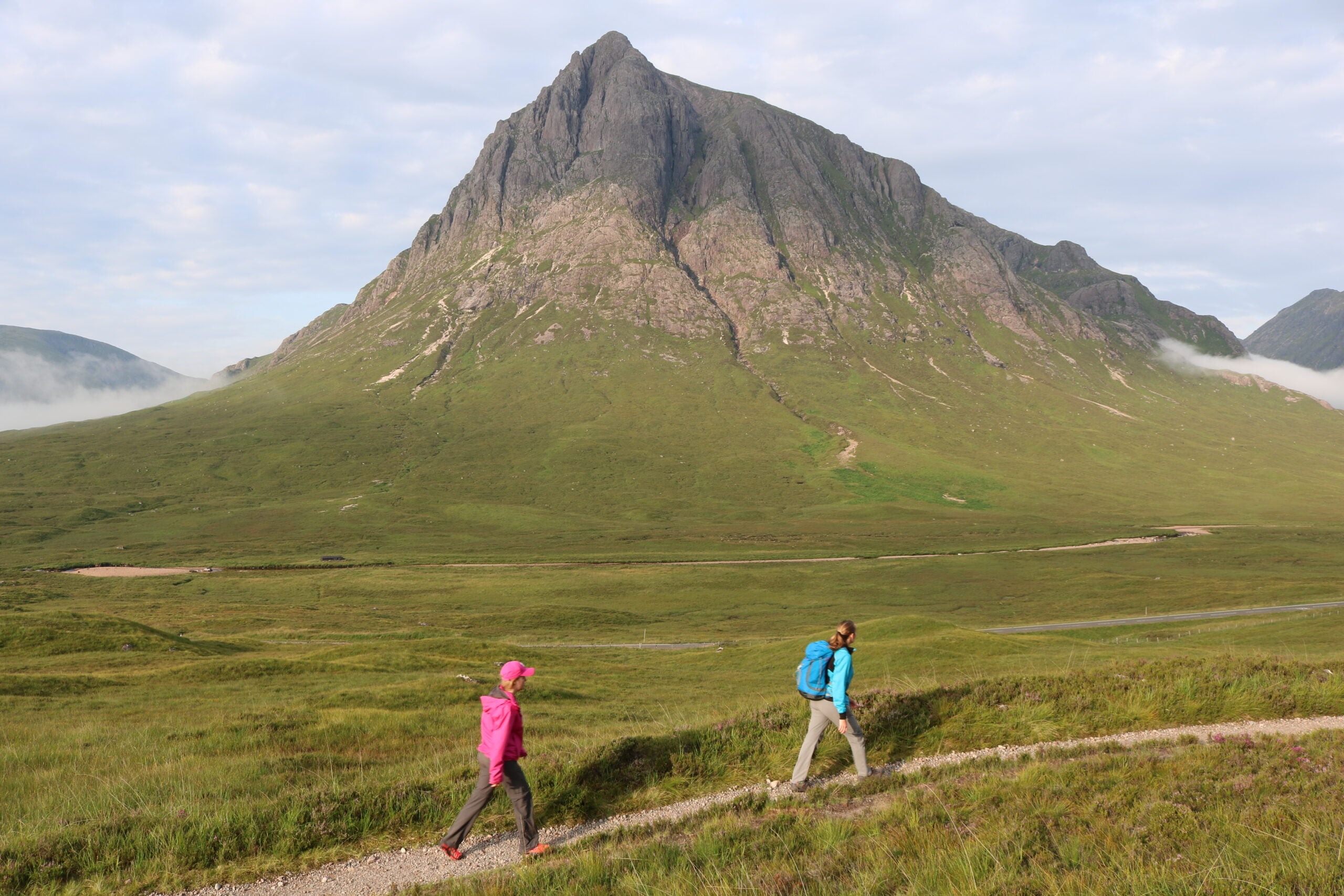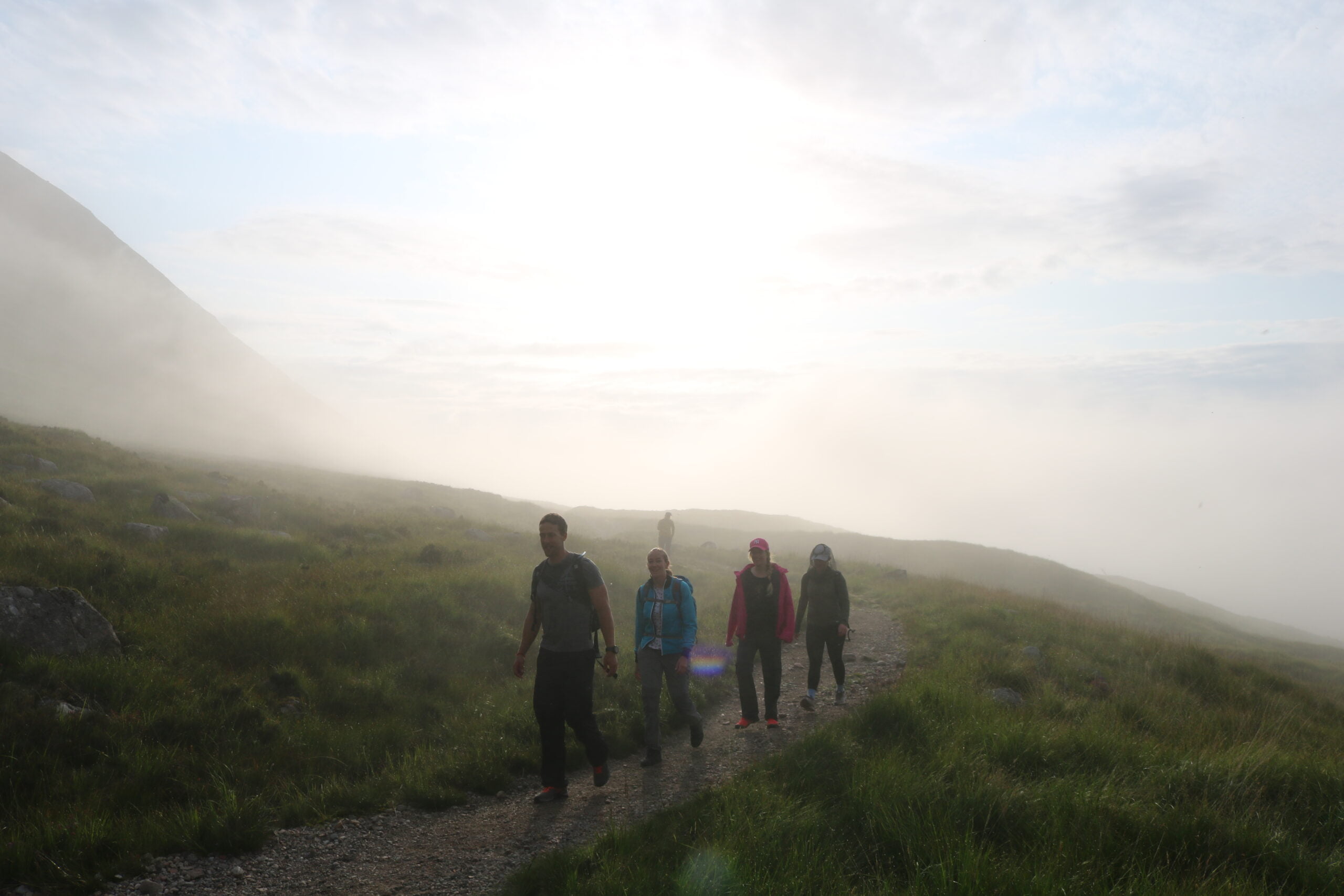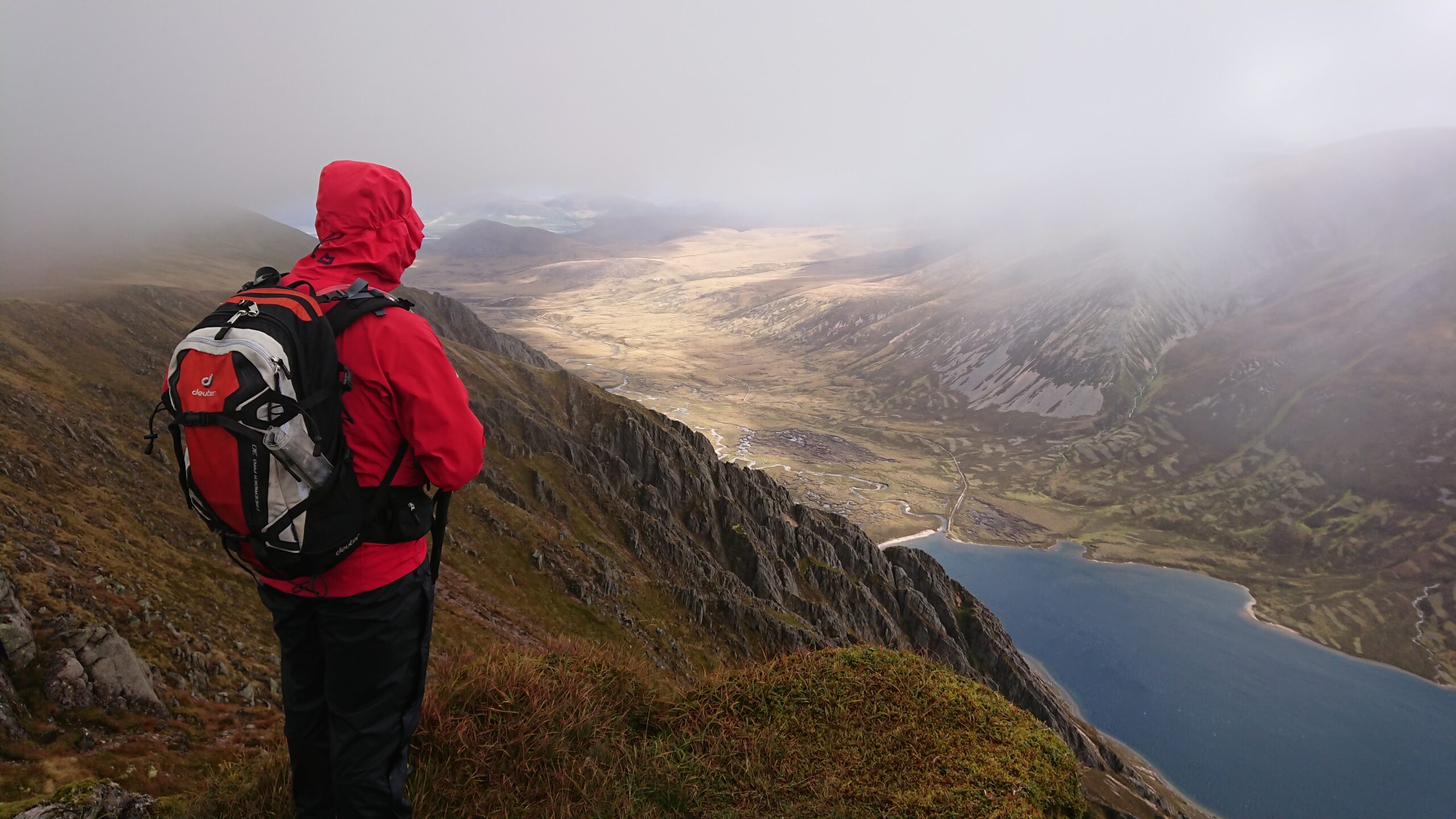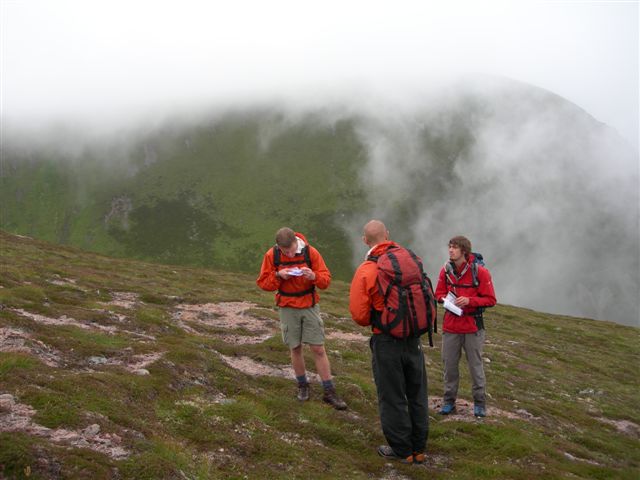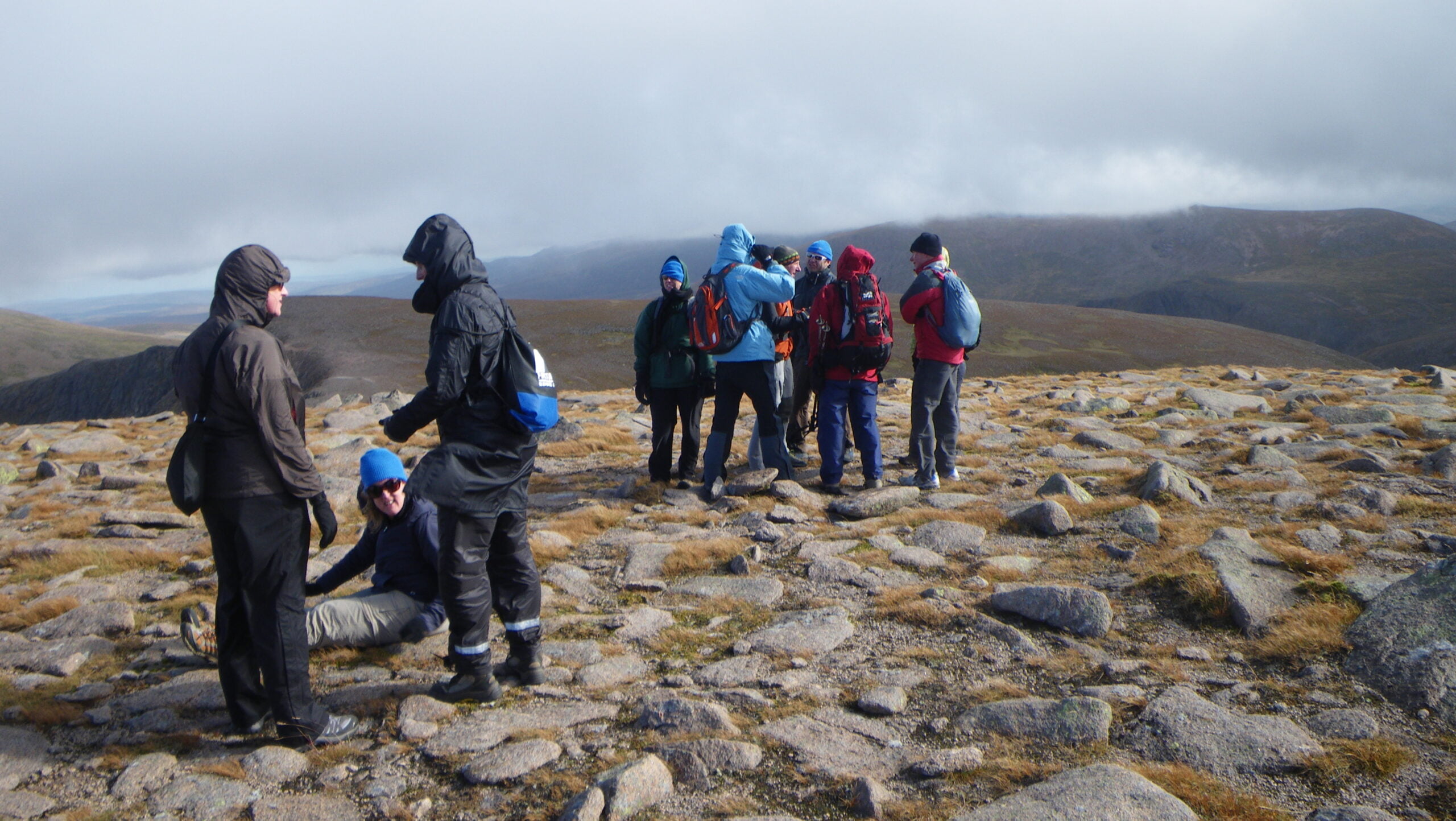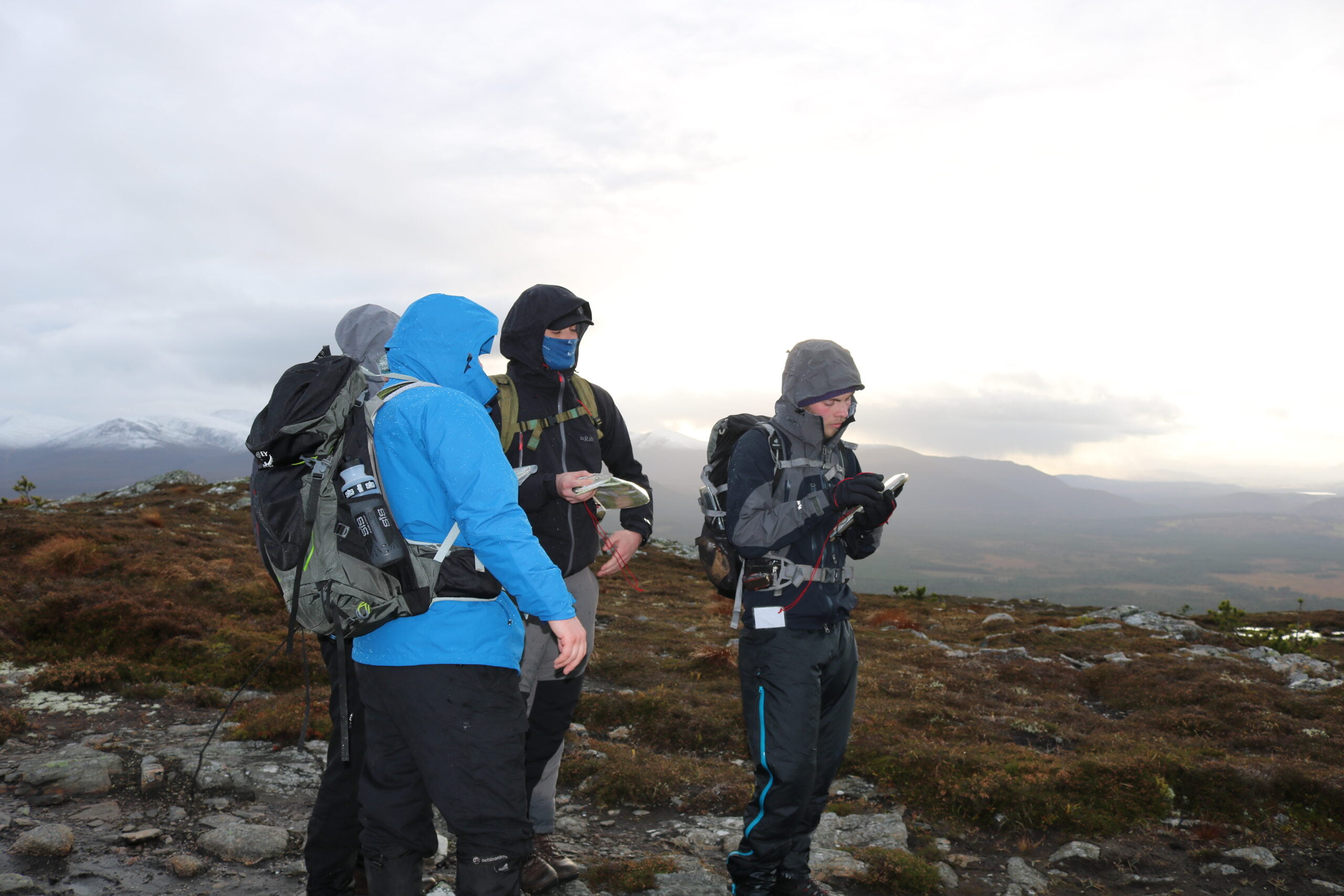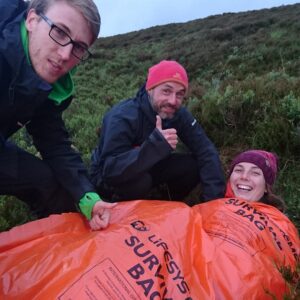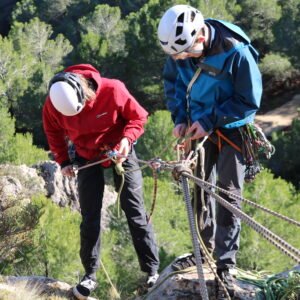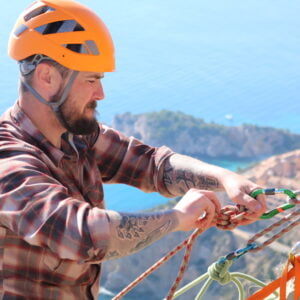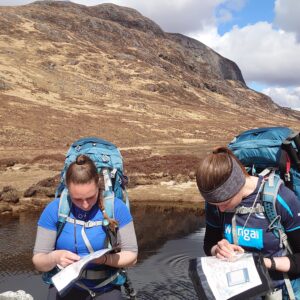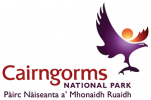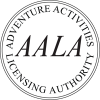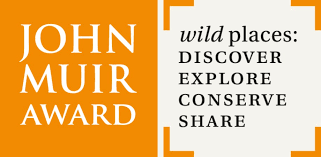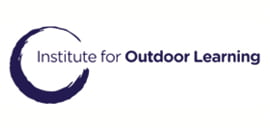National Navigation Award Scheme
From: £150.00
National Navigation Award Schemes
The National Navigation Award Schemes can be broken down into three awards: the bronze, silver and the gold awards – below you will find a brief outline of each and then the syllabus for each below. All three awards are run over 2 days of training and assessment.
The Bronze National Navigation Award Scheme is a practical hands-on award. It is aimed at people with no navigation experience. It is also the starting point for many Duke of Edinburgh students. The syllabus of the Bronze National Navigation Award teaches navigation in the countryside using paths tracks and other linear features. Basic map interpretation and compass work is also included.
The Silver National Navigation Award develops the navigation skills acquired at the Bronze level. It adds skills required to navigate to features and places some distance from paths and tracks. It teaches accurate compass work. It will also teach you to select the suitable navigational techniques to cross open country.
The Gold Navigator Award builds on the skills acquired at the Bronze and Silver levels and adds techniques and skills for dealing with complex contour features both large and small. The Gold National Navigation Award has also includes pre- and post-course question papers. These will be given to candidates when they book.
Below you will find as copied directly from the NNAS website the syllabus for each award – please use these to determine which award is right for you or your group.
This is the equivalent to Level 4 SCQF, 2 SCQF credit points and can be run on a ratio of 1:8 people.
- Navigate using a variety of maps and scales.
- Use 4 and 6 figure grid references with worded descriptions to define the position of a map feature and to locate a feature on the ground.
- Orientate the map using handrails, obvious point features and major landforms.
- Use linear features (e.g. paths, tracks, clear boundaries) as handrails in simple navigation exercises.
- Relate prominent landforms such as large hills and valleys to corresponding contour information on the map.
- Orientate the map by aligning a compass needle against grid north and be aware that magnetic variation causes an inaccuracy.
- Use an orientated map to confirm the direction of travel.
- Use clearly identifiable features to confirm position along the route and to recognise when the target has been overshot.
- Measure horizontal distance on the map and estimate distance on the ground using timing, pacing and simple visual judgements e.g.100m.
- Plan and implement simple routes and navigation strategies based on the above skills.
- Recognise a navigation error within a few minutes and apply simple relocation techniques using handrails and prominent features.
- Be aware of the use of mobile phone location apps as a back up to map and compass and in emergencies.
- Demonstrate an awareness of local and national access issues, access legislation, personal responsibilities, the Countryside Code and sustainability.
- Demonstrate appropriate knowledge of walking equipment, safety equipment and emergency procedures.
This is the equivalent to Level 5 SCQF, 2 SCQF credit points and can be run on a ratio of 1:8 people.
- Utilise the skills and techniques of the Bronze Award in the context of Silver Award navigation strategies.
- Relate small hills, small valleys, prominent re-entrants and prominent spurs to their corresponding map contours. Use prominent hills, ridges, spurs and valleys as a means of navigation in good visibility.
- Use landforms and point features to orientate the map and as collecting and catching features.
- Use a compass to: Accurately follow a bearing; aim off; check the direction of handrails and other linear features.
- Deviate briefly from a compass bearing to avoid obstacles or difficult terrain and accurately regain the original line.
- Use back bearings to check route following accuracy.
- Measure distance on the ground in varied, open terrain using timing and pacing and make practical allowances for any discrepancies.
- Simplify legs using coarse navigation, attack points and fine navigation.
- Recognise dangerous or difficult terrain on map and ground.
- Plan and implement navigational strategies based on the above skills.
- Maintain route finding accuracy in poor visibility or darkness.
- Recognise a navigation error within a few minutes and apply appropriate relocation techniques.
- Understand how personal fitness and nature of terrain affect route choice both at the planning stage and on the ground.
- Understand the potential consequences of fatigue and physical discomfort in demanding terrain and/or extreme weather conditions.
- Select appropriate clothing, equipment and first aid items for walking in open country in all weather conditions.
- Demonstrate an understanding of the Countryside Code, current access legislation and the environmental impact of walkers on the countryside.
- Understand the responsibilities of walkers towards other countryside interests such as farming, forestry and conservation.
- Understand how outdoor activities impact on the environment and how that impact can be minimised and sustainable use promoted.
This is the equivalent to Level 6 SCQF, 2 SCQF credit points and can be run on a ratio of 1:4 people.
This will be available from Summer 2023 so check back or drop us an enquiry if you are interested!
- Utilise the skills and techniques of the Bronze and Silver Awards in the context of Gold National Navigation Award navigation strategies.
- Utilise contours and fine detail as the prime method of navigation.
- Accurately: Follow a route, judge distance, check progress against time, use relevant compass skills and maintain continuous map contact.
- Use back bearings and transits to confirm the current position.
- Use aspect of slope as an aid to relocation.
- Select appropriate techniques within an overall navigation strategy.
- Navigate in intricate terrain in reduced visibility i.e. mist or darkness.
- Select an appropriate, safe route in relation to height gain and loss, dangerous terrain and other major hazards.
- Assess the route ahead in the field in relation to prevailing conditions or changing circumstances (e.g. weather, time, daylight, ability/fitness) and re-plan the route appropriately if necessary.
- Shorten a route, use an escape route and know emergency procedures.
- Recognise the occurrence of a navigational error within a few minutes and apply appropriate relocation techniques.
- Select appropriate clothing, equipment and first aid for walking in remote areas in all weather conditions.
- Understand the physical demands created by hill and moorland terrain in all weather conditions.
- Understand the effects of cold, heat, fatigue and discomfort on decision making and execution of a selected route.
- Understand the implications of climate change on the outdoor environment and be knowledgeable in practical steps to mitigate its effect.
- Understand the pros and cons of appropriate electronic navigation devices and describe/demonstrate their use in the context of Gold terrain.


